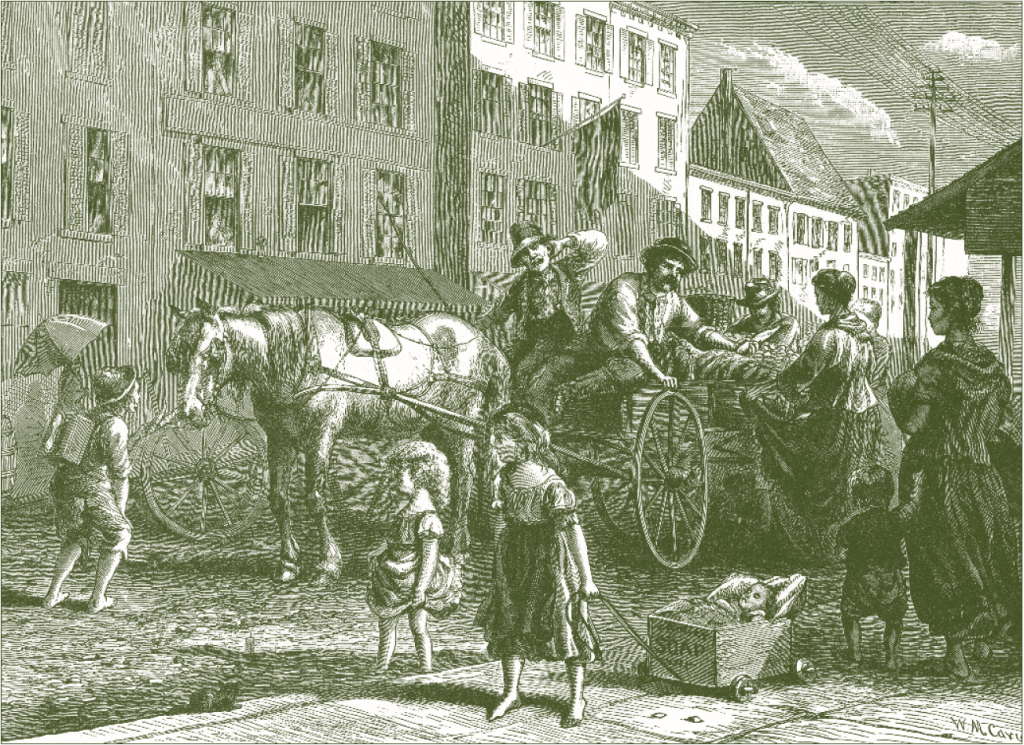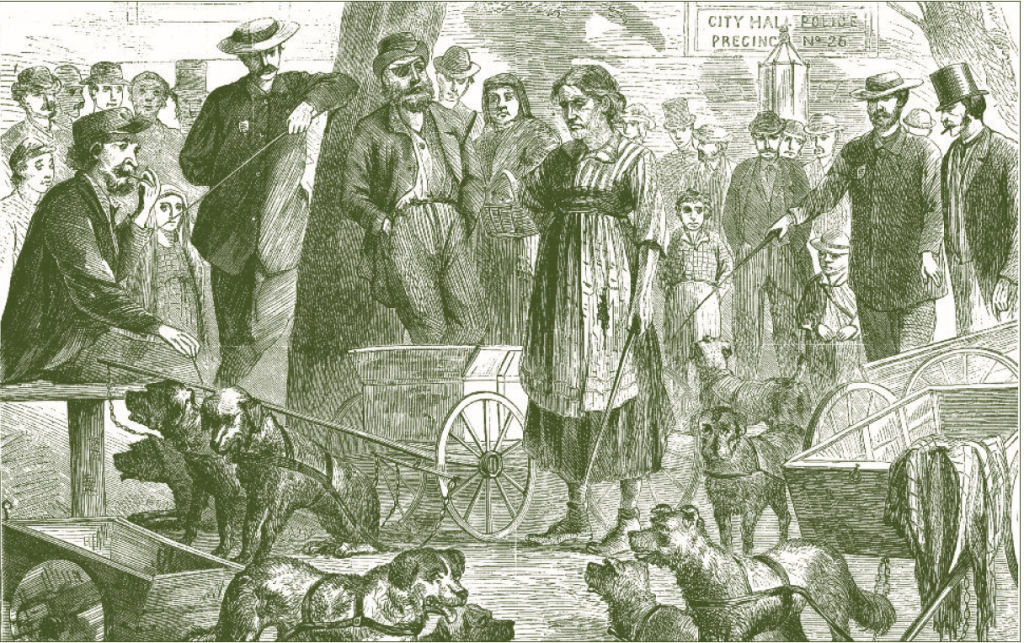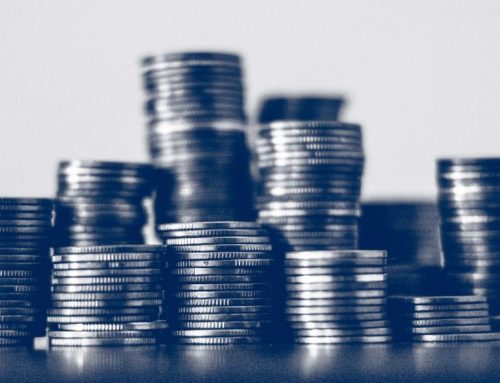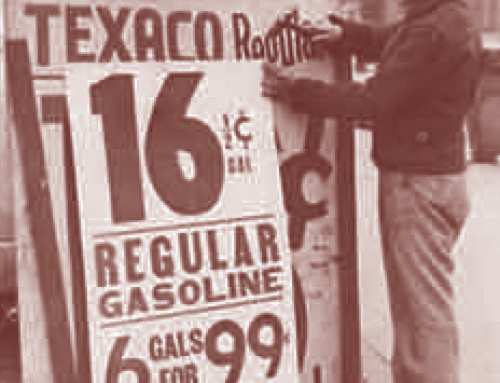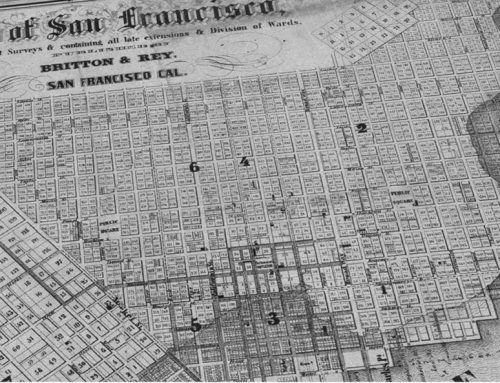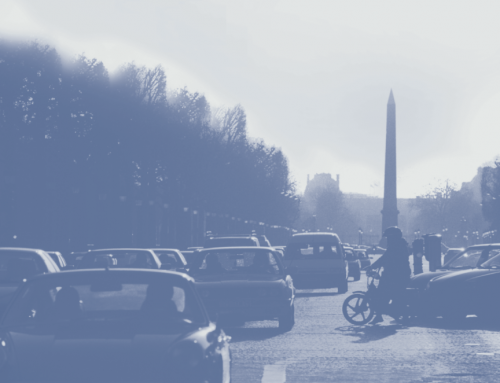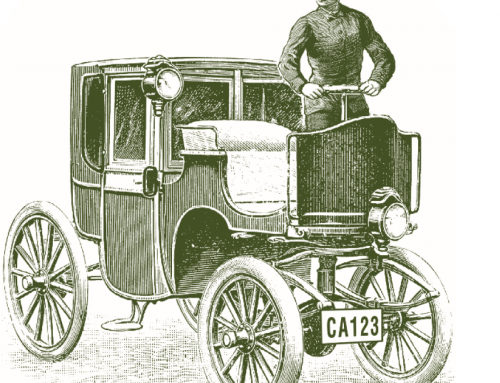Economists have long advocated road pricing as an efficient way to reduce congestion and improve the environment. Many critics, however, object to road pricing on the grounds that it unfairly burdens low-income drivers. Implicit in these objections is the idea that existing transportation finance methods burden the poor less, or at least spread the burden more fairly. Most of the equity concerns about road pricing stem from the fact that it is regressive; that is, poorer people spend a larger share of their incomes on tolls than do wealthier people. But in the US, road systems are financed primarily through fuel taxes, vehicle registration fees, property taxes, and, increasingly, sales taxes—all of which are also regressive. Thus the relevant question is not simply whether road pricing is regressive, or even if it will burden the poor. The relevant question is whether road pricing will burden the poor more than other ways of paying for roads.
The question is whether road pricing will burden the poor, but whether it will burden the poor more than other ways of paying for roads.
This question of road pricing’s fairness is particularly important now because traditional sources of revenue for transportation infrastructure are drying up. Travel is increasing (as are concerns about its social and environmental costs) but the buying power of fuel taxes has been declining for decades. Governments have responded to these funding shortfalls in a number of ways. Some have borrowed money to finance new roads, and some have started tolling roads. Many, however, have turned to general taxes, especially sales taxes, which have proven popular among voters and elected officials. Why are sales taxes, unlike other taxes, so popular? Sales taxes are automatically collected a few cents at a time from all consumers, and are hidden in a large number of transactions. So with sales taxes, unlike property or income taxes, it is almost impossible for residents to see how much they pay over the course of a year. The ease and relative opacity of the sales tax are keys to its ubiquity. Sales taxes also make it easy for cities and counties to shift part of the tax burden onto visitors who spend money in the taxing jurisdiction—the strategy cleverly described by the Monty Python comedy troupe as “taxing foreigners living abroad.” But the fact that sales taxes are popular doesn’t make them inherently fair or effective.
For Whom the Road Tolls
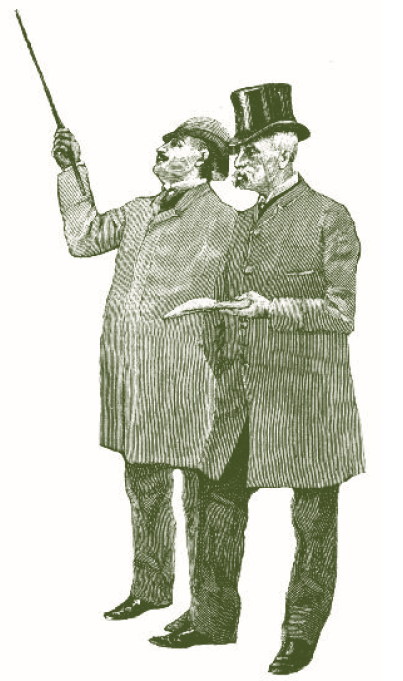 We should begin by defining some terms. Arguing that a policy proposal is “fair” assumes that fairness has a set definition, which of course it does not. Fairness is often in the eye of the beholder; what is consummately fair by one definition might be intolerably unfair by another. One common way to measure the fairness of a tax is to ask if it is progressive or regressive. We define a tax (or other charge) as progressive if its burden is proportionally greater for those with higher incomes than for those with lower incomes. The American income tax system, which imposes a higher tax rate on higher income people, is progressive. Likewise, a tax is regressive if its burden falls proportionally more heavily on those with lower-incomes than those with higher-incomes. A typical sales tax, where all consumers pay the same rate (say, 10 percent of purchase price), is regressive, because the tax burden for poor people will be larger as a share of overall income than it will be for rich people. In absolute terms, of course, wealthier people pay more in sales taxes than poorer people, because they spend more. But regressivity is a measure of proportional burden, and sales taxes paid as a percentage of income tends to fall as incomes rise.
We should begin by defining some terms. Arguing that a policy proposal is “fair” assumes that fairness has a set definition, which of course it does not. Fairness is often in the eye of the beholder; what is consummately fair by one definition might be intolerably unfair by another. One common way to measure the fairness of a tax is to ask if it is progressive or regressive. We define a tax (or other charge) as progressive if its burden is proportionally greater for those with higher incomes than for those with lower incomes. The American income tax system, which imposes a higher tax rate on higher income people, is progressive. Likewise, a tax is regressive if its burden falls proportionally more heavily on those with lower-incomes than those with higher-incomes. A typical sales tax, where all consumers pay the same rate (say, 10 percent of purchase price), is regressive, because the tax burden for poor people will be larger as a share of overall income than it will be for rich people. In absolute terms, of course, wealthier people pay more in sales taxes than poorer people, because they spend more. But regressivity is a measure of proportional burden, and sales taxes paid as a percentage of income tends to fall as incomes rise.
“Road pricing” is the practice of charging drivers in rough proportion to the costs (congestion delay, damage to roadbeds, emission of pollutants, etc.) they impose on others. Long the apple of economists’ eyes, road pricing can take many different forms. In the US, High Occupancy/Toll, or HOT, lanes are the most common type of priced road. HOT lanes impose congestion tolls on only part of a multilane road, giving drivers the option of paying to drive in the uncongested toll lanes, or of driving for free in the unpriced-but-congested lanes. Many of these facilities also allow carpoolers to use the priced lane for free or at a reduced rate. HOT lanes are a good illustration of how elusive the concept of “fairness” can be. In one sense, HOT lanes are eminently fair, because no one is forced to pay—drivers always have the option of remaining in the free, slow lane. In another sense, however, HOT lanes are unfair, because they discriminate based on ability-to-pay. All drivers pay the same toll, and the toll is a larger burden for those who have only a little money than it is for those who have a lot. HOT lanes are therefore regressive. For this reason critics call HOT lanes “Lexus Lanes,” and argue that they make it easy for the rich to buy their way out of congestion, while leaving the poor stuck in traffic.
Income is not the sole determinant of people’s willingness to pay, and there will be instances where low-income drivers are in enough of a hurry to pay their way into uncongested lanes.
There is truth in both sides of the argument. Only users pay for HOT lanes, but poor people certainly have a harder time paying, and are therefore less able to be users. On average, wealthier drivers use paid lanes more than poor drivers do (just as they spend more on gas, drive nicer cars, and drive more in general). But income is not the sole determinant of people’s willingness to pay, and there will be instances where low-income drivers are in enough of a hurry to pay their way into uncongested lanes. So while a low-income single mother might not usually pay to bypass traffic, she will do so gladly when rushing to avoid late pick-up fees at daycare. There is also some evidence that HOT lanes pull travelers out of free lanes, and this can make even the free lanes move faster. But does this make the HOT lane fair?
Comparing Tolls and Sales Taxes
In the abstract, it might be difficult to determine if a HOT lane is fair. But the more important question is whether tolls are fairer than a sales tax. For a given road, how much would different households pay in congestion tolls compared with what they pay in sales taxes? We attempted to answer this question by examining the 91 Express Lanes in Southern California. The 91 Express Lanes are HOT lanes in the median of a 10-mile stretch of a congested freeway that links job-rich Orange County with housing-rich San Bernardino and Riverside Counties. The tolls in the Express Lanes serve two purposes: they regulate demand to keep the lanes moving at free-flow speed, and they finance the lanes’ construction, operation, and maintenance. In our analysis, we compare the population who paid the $34 million in tolls collected on the road in 2003 with the population who would have paid that amount had it been collected through sales taxes in Orange County that same year.
To make this comparison, we used data from the 2002 Bureau of Labor Statistics’ Consumer Expenditure Survey (CES). We analyzed household consumer expenditures in Orange County at various income levels and estimated the household sales tax burden that would have accompanied those expenditures. To estimate 91 Express Lanes users’ toll payments by household type, we extrapolated from a survey that examined both travelers in the Express Lanes corridor and a comparison sample of people who traveled in the parallel free lanes.
Winners and Losers
In 2003 the 91 Express Lanes raised $34 million in tolls. All of this money was, naturally, paid by users of the HOT lanes. Our question, again, was where the money would have come from if the same funds had been raised through sales taxes. Specifically, we examined the effects of such a change on three groups: the poor (people whose incomes are below $25,000), the rich (people whose incomes are above $120,000 a year), and those who pay county sales taxes but rarely or never use the toll lanes. (There is considerable overlap between the poor and the non-user group because the poor tend to be non-users).
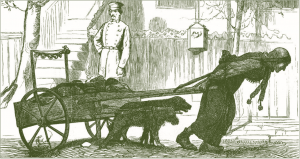 We found that switching from tolls to sales taxes would shift the burden of paying for the road from users to non-users, and away from middle-income people and onto both the rich and the poor. People in the poorest households in Orange County almost never use the 91 Express Lanes. So while few of the poor enjoy the time savings of travel in the tolled lanes, they also don’t pay for the road space that benefits others. But these same poor households pay up to 4 percent of their income each year in sales taxes. Had the lanes been financed by a sales tax, Orange County’s poorest households would have paid over $3 million of the $34 million needed to fund the facility in 2003. The richest households, for their part, would lose the most in absolute terms, because they buy lots of goods and services subject to sales taxes.
We found that switching from tolls to sales taxes would shift the burden of paying for the road from users to non-users, and away from middle-income people and onto both the rich and the poor. People in the poorest households in Orange County almost never use the 91 Express Lanes. So while few of the poor enjoy the time savings of travel in the tolled lanes, they also don’t pay for the road space that benefits others. But these same poor households pay up to 4 percent of their income each year in sales taxes. Had the lanes been financed by a sales tax, Orange County’s poorest households would have paid over $3 million of the $34 million needed to fund the facility in 2003. The richest households, for their part, would lose the most in absolute terms, because they buy lots of goods and services subject to sales taxes.
With tolls, the burden of the Express Lanes falls on the relatively small group of people who choose to pay, and who as a consequence enjoy the time savings the lanes provide.
With tolls, the burden of the Express Lanes falls on the relatively small group of people who choose to pay, and who as a consequence enjoy the time savings the lanes provide. With sales tax finance, virtually all users of the 91 Express Lanes would pay considerably less than they do now, because so many nonusers would pay. In 2003, this burden shift would have benefited frequent users of the 91 Express Lanes by around $700 a year. The additional costs to each sales-tax-paying “loser,” by contrast, would be relatively small, on the order of $5 to $80 per year, depending on the household type. But the relative size of this burden transfer does not obviate the question of whether people who don’t use the lane should subsidize people who do. If the answer is “yes,” the underlying logic implies that any public expenditure, no matter how small its benefits, can be justified, so long as the cost is spread over a large enough base of taxpayers. It also implies that those who drive least should, with every purchase they make, help pay for roads for those who drive most.
One caveat: our analysis examined sales tax payments by Orange County residents. But not all sales taxes collected in Orange County are paid by residents, just as Orange County residents pay some of their sales taxes outside of the county. And because Orange County is home to Disneyland, two other major theme parks, beach resorts, and professional sports teams, it “imports” sales tax paying residents from other counties. But the fact that some of the sales tax burden is exported does not reduce the tax’s regressivity—it may, in fact, worsen it if the visitors to the County are, on average, less affluent than Orange County residents.
Conclusions
Is road pricing regressive with respect to income? The short answer is yes. Whenever members of lower income groups pay for services, they tend to pay a larger share of their income than do the wealthy. But whether congestion tolls are regressive is an incomplete, and probably misleading, way to understand the fairness of tolls. A regressive charge is not automatically an unfair charge, and in public finance we frequently must decide between regressive alternatives, not between a regressive and a progressive choice. Hence the more relevant question is comparative: are congestion tolls fairer than other means of transportation finance?
A regressive charge is not automatically an unfair charge, and in public finance we frequently must decide between regressive alternatives, not between a regressive and a progressive choice.
Our examination of the 91 Express Lanes in Orange County, California finds that transportation sales taxes are doubly unfair. They disproportionately burden the poor and those who drive little or not at all. We find that the heaviest users of the 91 Express Lanes—and the largest beneficiaries of them—are primarily from middle- and upper-middle income households both inside and outside of Orange County. From a regional planning perspective, funding freeway capacity with sales taxes is a pro-auto/pro-driving policy that taxes all residents, rich and poor alike, to provide benefits to a much smaller group of drivers and their passengers.
This analysis has focused on one side of the ledger: the question of who pays. But transportation systems have both costs and benefits. Indeed, the access benefits of travel are transportation’s raison d’être. So while regressivity can be viewed as a cost of road pricing (and of most other ways of paying for roads), pricing confers transportation benefits that other transportation finance mechanisms do not. Tolls and taxes can both pay to build a road. But congestion pricing can also reduce traffic delays, fuel consumption, and vehicle emissions, often to a surprising degree. Sales tax finance for transportation, by comparison, does none of these things.
It is entirely appropriate to worry about the burden tolls place on the poor, but the solution is not to forgo tolls altogether.
It is widely understood in public finance that a transparent payment mechanism is a good payment mechanism. Those who use scarce public resources—including space on the roads—should pay for what they use, in proportion to what they use, and know that they are paying. Knowing that resources have a cost is essential to using those resources judiciously, and our road network will function better when drivers pay the costs of their travel. It is entirely appropriate to worry about the burden tolls place on the poor, but the solution is not to forgo tolls altogether. We should not subsidize all drivers (and charge all consumers) to help the small number of poor travelers who use congested freeways in the peak hours and peak directions. Rather we should help those who are less fortunate, and see to it that the rest of us pay our own way on the roads.
Further Readings
Lisa Schweitzer. 2009. “An Overview of the Empirical Research on Transportation Finance,” Sponsored by the National Academy of Sciences Transportation Research Board as a resource paper for Future Directions in Transportation Finance Policy, Washington, DC, September 1, 2009. Available from the author.
Lisa Schweitzer and Brian D. Taylor. 2008. “Just Pricing: The Distributional Effects of Congestion Pricing and Sales Taxes,” Transportation, 35(6): 797–812.
Brian D. Taylor and Rebecca Kalauskas. Forthcoming. “Addressing Equity in Political Debates over Road Pricing: Lessons from Recent Projects,” Transportation Research Record: The Journal of the Transportation Research Board.
Brian D. Taylor and Alexandra T. Norton. 2009. “Paying for Transportation: What’s a Fair Price?” Journal of Planning Literature, 24(1): 22–36.
Matthew Barth and Kanok Boriboonsomsin. 2010. “Traffic Congestion and Greenhouse Gases,” Access, 35(Fall): 2–9.

